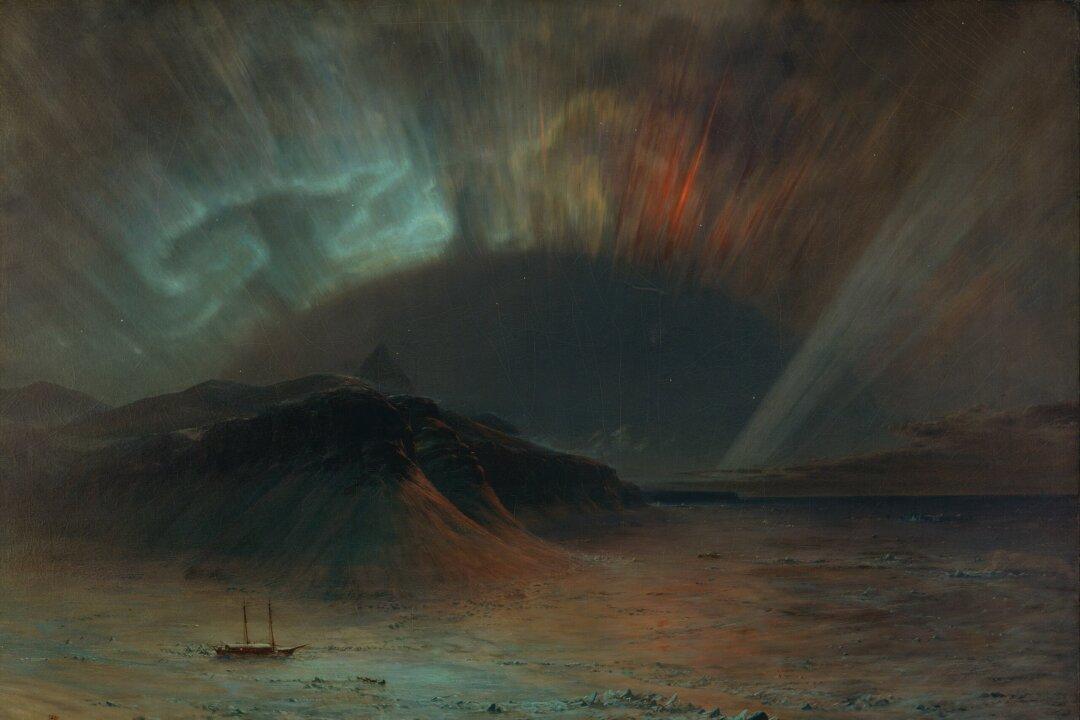Winter brings more gray into our days, and some of us may find the dark clouds and lack of light depressing. But even on the darkest days there’s color, if we look closely. Recently, I sat in a cafe on a wet and windy gray day, watching the twilight sky turn, not to a rainbow but to marble in the subtlest of grays, blues, and even purples.
Perhaps if I’d pondered longer, I might have experienced what writer Walt Whitman had when he wrote “A Winter Day on the Sea-Beach”:






